Mental health; Wisconsin teens face growing, daily challenges

Wisconsin teens face growing, daily challenges
Youth are dealing with concerns on a whole different level than other generations ? and it?s taking a toll on them.
MILWAUKEE - Bullying, social media, post-pandemic fall out, violence and so much more. Our youth are dealing with concerns on a whole different level than other generations – and it’s taking a toll on them. They feel it's crucial to keep mental health at the forefront.
Navigating an academic journey together, while some lessons are felt like they’re being learned alone.
"It’s really a struggle right now," said 12th grader Mary Gruber, who is familiar with many of the teenage challenges. "The pressure to take all these academically rigorous courses, being in so many different clubs, so many different sports, still have a job and spend time with your friends and family, it’s a lot. Everything is getting so much more competitive."

Mary Gruber
To help even the playing field mentally for other youth, Gruber is a leader in the program, "Peers 4 Peers" at Waukesha West High School.
"They are trained in active listening skills," said Catherine Callahan, school social worker.
Callahan says the mentorship helps students educate and encourage.
"They understand how they can be a support for other students and they also focus on things like leading a healthy lifestyle without alcohol, drugs, or vaping," Callahan said.
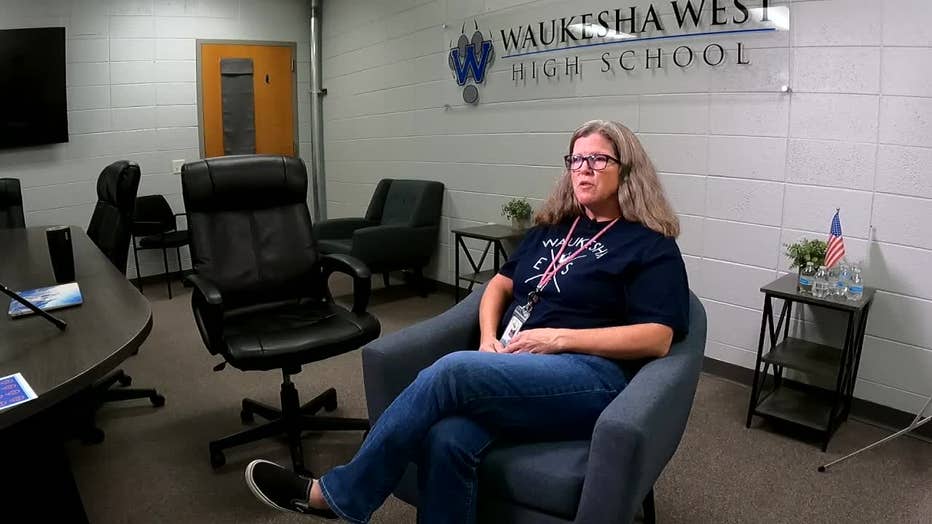
Catherine Callahan
Stressors and triggers have been exacerbated by the pandemic but have really been an underlying issue for some time.
"From 2017-2021 when you look at the Youth Risk Assessment, anxiety increased 12%. Our students are feeling more overwhelmed. So as staff we need to be more engaged and more aware of how we can help," added Callahan.
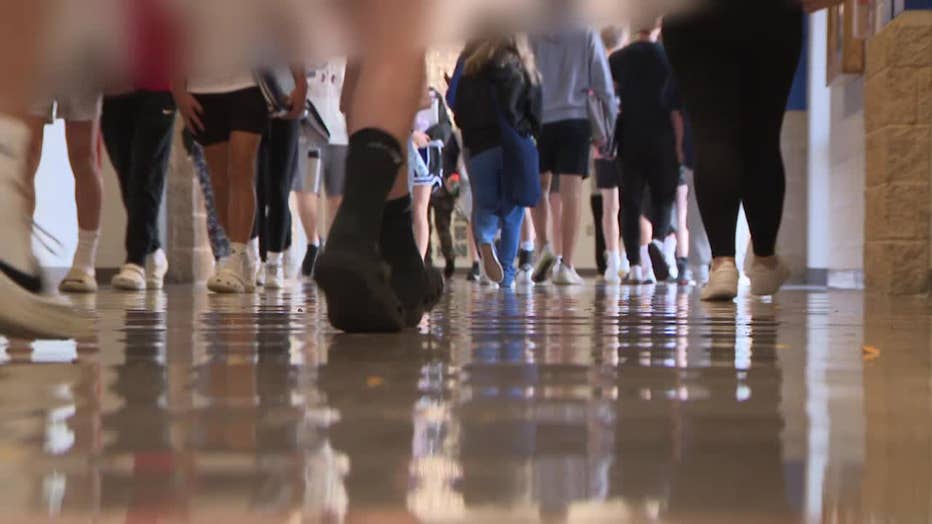
Placing a source of hope and support right at their fingertips, 988, the Suicide and Crisis Lifeline is printed on the back of school ID's.
"I’m really confident some kids who are in need are using it. We want to make sure they know it’s available to them 24 hours a day. We have this 988 sign in all the classrooms as well," Callahan said.
Visuals help connect what’s going on internally.
SIGN UP TODAY: Get daily headlines, breaking news emails from FOX6 News
Linda Hall, Director of the Wisconsin Office of Children’s Mental Health said there is hope on the horizon.
"The state of children right now is a very troubling one. The level of anxiety and depression that our kids are experiencing are very difficult," Hall said. "It shows a decrease in suicide for youth from age 10 to 24."
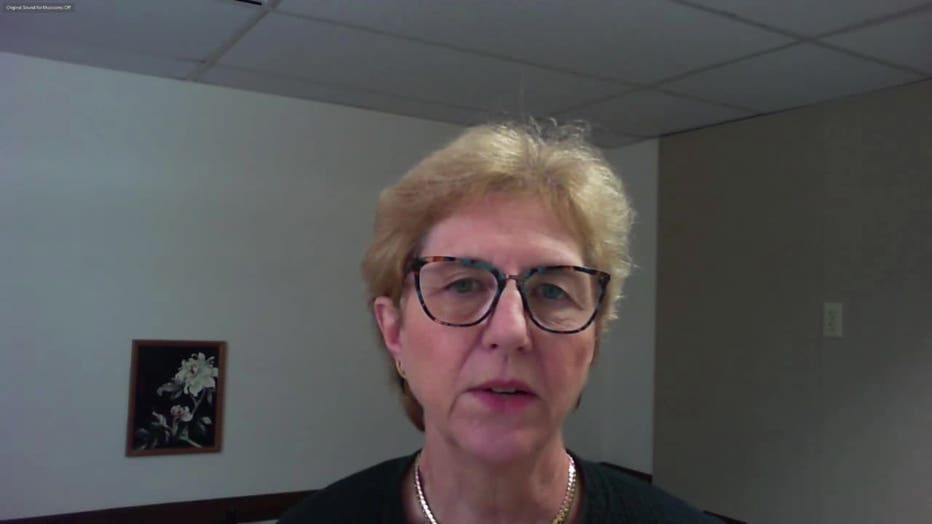
Linda Hall
It’s an encouraging stat as resources and de-stigmatization continue to play a huge role.
"We have identified over 200 schools in Wisconsin that have a youth led mental health program," Hall said.
Whether it’s being an outlet for a peer or intervening with the appropriate channel, it seems students play a major part in the success of mental wellness. Gruber recalled an incident involving a friend.
"She was getting messages from one of her friends, talking about self-harm, she was threatening it. We contacted family to get her help right away. It’s nice to help people," Gruber said.
Crucial action, especially for certain demographics of Wisconsin's youth. Female students are more than twice as likely to report seriously considering suicide, and twice as likely to actually attempt it.
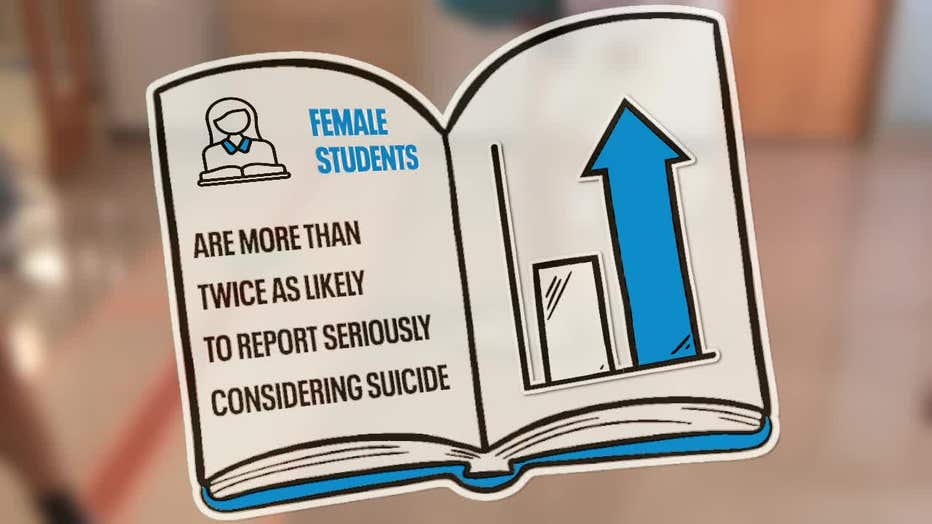
Almost half of LGBTQ students reported seriously considering suicide. That's four times as high as their peers. "Also alarming students who are food insecure. 41% indicated they were considering suicide and our Asian and Hispanic Latino population also reported 20%," added Hall.
Work is also happening to address rates among African Americans.
"Our black you are going through a lot. Since 2003 and 2021 there’s been a 144% increase within our black youth and suicide in the ages of 10 and 19 years old," said Dr. Lia Knox who is a mental wellness expert and licensed professional counselor.
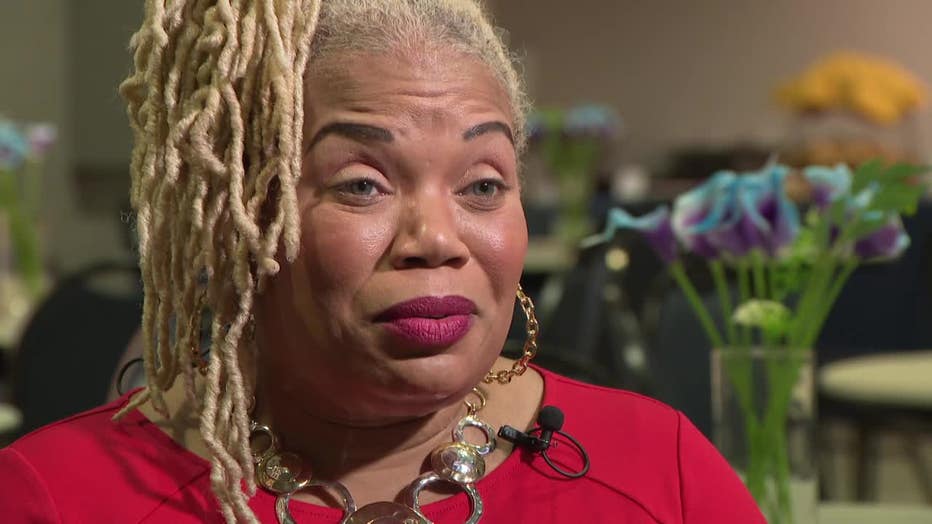
Dr. Lia Knox
In partnership with Milwaukee Public Schools, the first Black Youth Suicide Prevention summit was held. As the keynote speaker, Knox explained the epidemic within the culture. The gathering brought educators, parents, therapists, counselors, social and health care workers together.
"My main goal is a call to action, what can we do as a community," Knox said.
From sharing suicide prevention and intervention skills to emotional and financial resources available for youth who are struggling.
"We want to build a culture that people are cared for," Knox said.
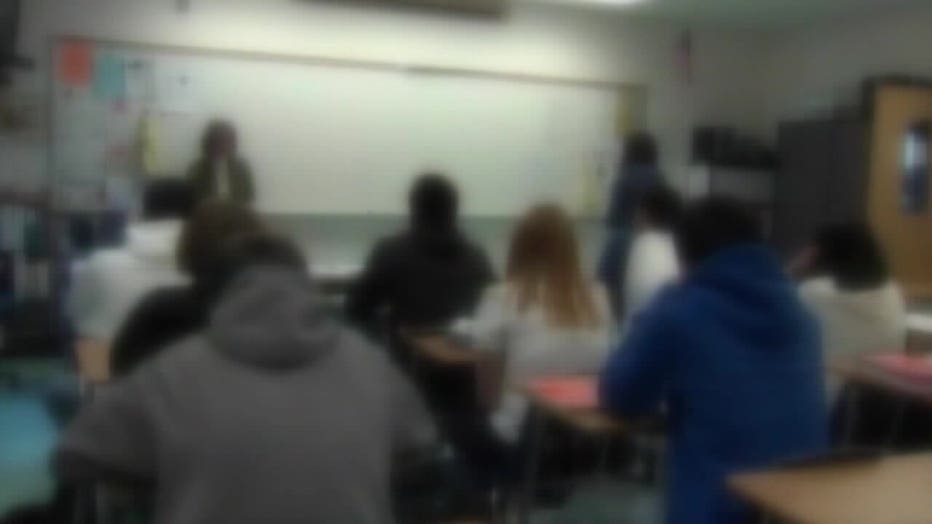
With those on the outside and the students in the midst of it all, the stigma is being erased and issues are colored with care.
"In the health classes that every freshman has to take, they go through the SOS, signs of suicide program," Callahan said. "They learn how to intervene when they are concerned about a friend or a loved one, what signs to look for, how they can be that bridge to getting them to an adult or start building that team around them."
FREE DOWNLOAD: Get breaking news alerts in the FOX6 News app for iOS or Android
Helping see the signs and give direction while creating a culture of safe space, healing and resilience.
"It is OK to need to talk to somebody," Callahan said.
"Know we got you," said Knox.
Callahan said it seems the 988 number is averaging about 5,900 contacts a month which is a positive and lifesaving statistic, showing there is a value and importance to it. Whether it's connection to telehealth, a social worker, a physical site, support group or even, pediatricians, there is help to address the challenges kids are facing.
Resources
DHS has an extensive site for youth mental health to help you map out the care you need.
- Data on the Youth Risk Behavior Survey: This survey was administered on a voluntary basis to students in 2021 and gathered information on their mental health needs. Here is the 2021 data summary report, and here is a one-page PDF on what the data said on suicidality, and a one-page PDF on what the data said about anxiety and depression among students.
- Here is some information on the Peer-to-Peer Suicide Prevention Grants that Andrea mentioned.
- Here is some information on youth suicide prevention, including resources for school-based suicide prevention.
- Project AWARE is something that was referenced by Molly, I believe. Here’s some more information on that initiative.
- Here is information on Mental Health E-Learning, which support educators with modules, webinars and other professional development resources.

